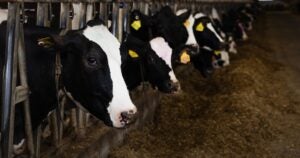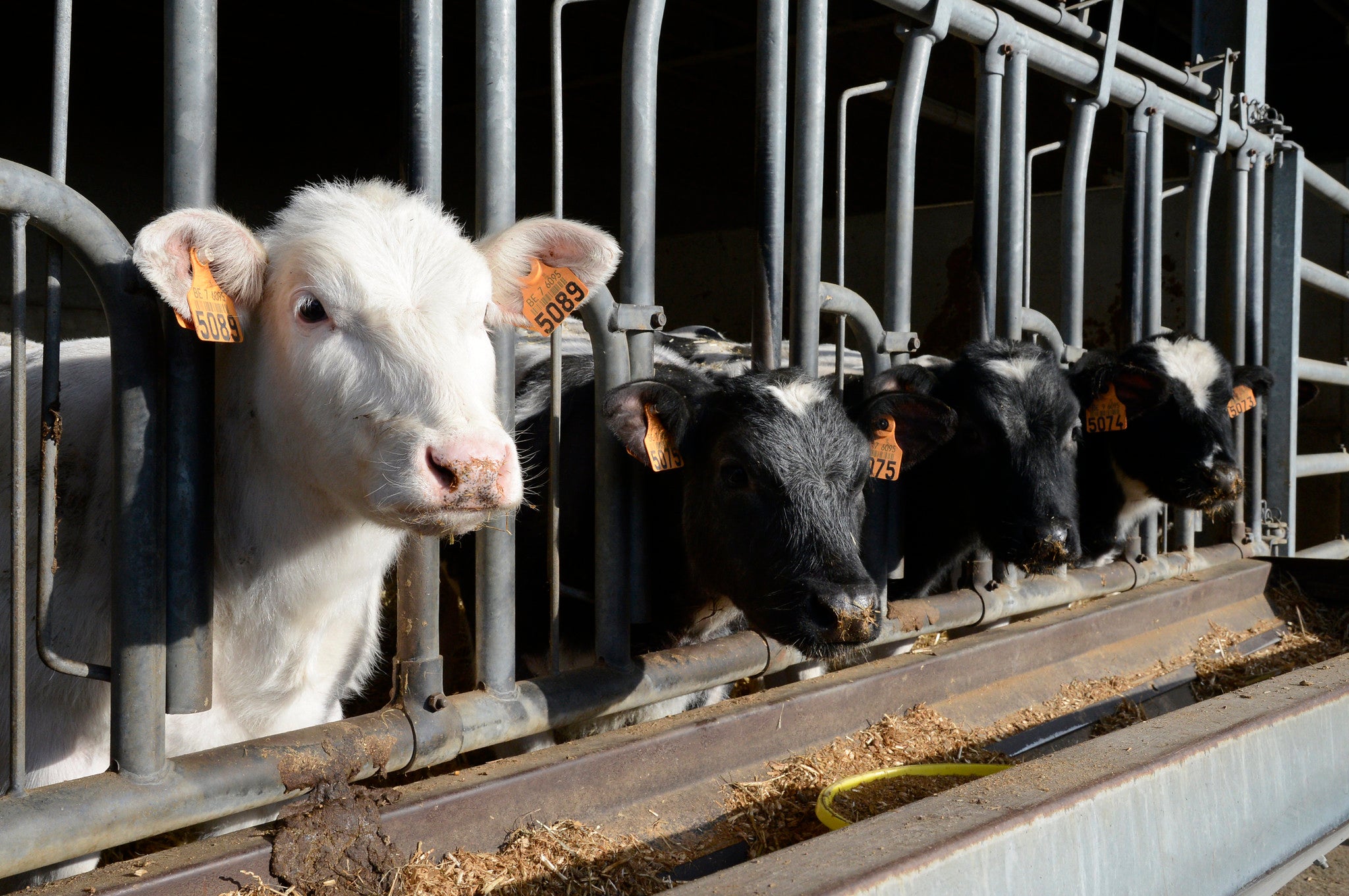
To slow climate change, we must measure livestock methane accurately
Reducing methane emissions, a climate super-pollutant, can lessen rates of warming within decades. Since livestock farming is one of the biggest emitters of that methane gas, with enteric methane from cow burps alone contributing about a third of all human-caused methane emissions each year, lowering it can have a big impact.
To reduce livestock emissions, we first have to know where we’re starting. That requires accurate and validated measurement, but measuring methane from livestock isn’t simple — how we do it matters. These are the most important considerations.
- When and how frequently samples are collected
Some studies collect gas continuously over a 24-hour period. This is the most reliable approach as it requires little to no need for making assumptions about a daily rate of emissions. Just like humans, cows burp more after meal time, which means that their rate of methane emissions increases and decreases throughout the day.
Other studies use spot sampling, taking measurements at different points throughout the day, which are then averaged for each animal and presented as the daily rate of emissions. While spot sampling offers a unique level of scalability, it also introduces variability and inconsistency.
Researchers worldwide interpret and execute technology differently. Animal behavior and willingness to voluntarily visit data collection locations also greatly impact success. A dairy cow who is milked twice per day will typically be more willing to be handled and approach unfamiliar equipment, whereas a pasture-raised beef steer may be flightier and more skeptical.
- How much gas is emitted and at what rate
When it comes to quantifying the methane in cow burps, measuring the concentration of gas in front of a cow’s mouth is often not adequate. Instead, “flux” technology is much more reliable because it can measure both the concentration and movement of gas. It’s the difference between knowing how much water is in a lake and the speed and quantity of water flowing in a river.
Flux measurements reduce variability caused by different rates of animal exhalation and barn ventilation. If a study only uses concentration measurements, researchers need to control for factors such as wind and barn ventilation, keep the researchers’ distance from an animal’s mouth and nostrils consistent, and sample frequently over a 24-hour period.
- On-the-ground practicality and scalability
Agricultural operations of differing sizes require different approaches to measuring methane. An operation with 50 head of cattle may be able to measure methane from each individual animal, but this isn’t practical for a 5,000-head commercial dairy. Instead, it could be approached by directly measuring a representative portion of their herd to make an assumption for the total.
For those larger operations, farm-, field- or regional-scale approaches using sensors on aerial or satellite platforms may be more practical for monitoring trends, though these approaches also capture methane from other sources besides enteric fermentation. But to truly establish baselines — and from there develop methane mitigating products and demonstrate efficacy — large-scale measurements aren’t sufficient.
Tackling enteric methane emissions begins with good data and baseline measurements. By carefully considering the approach to taking accurate and representative measurements and by standardizing procedures, we can increase the reliability of results, getting us one step closer to lowering enteric methane to slow down climate change in this decade.











